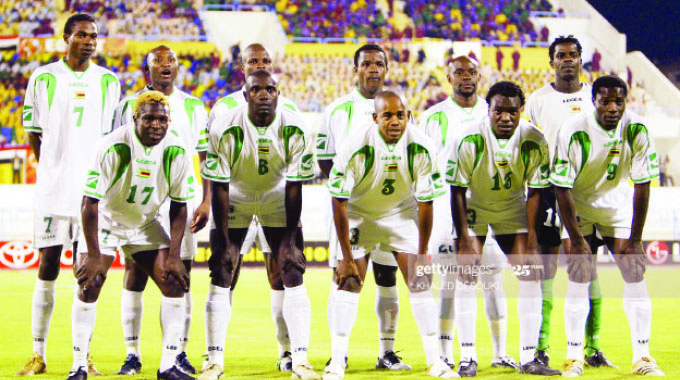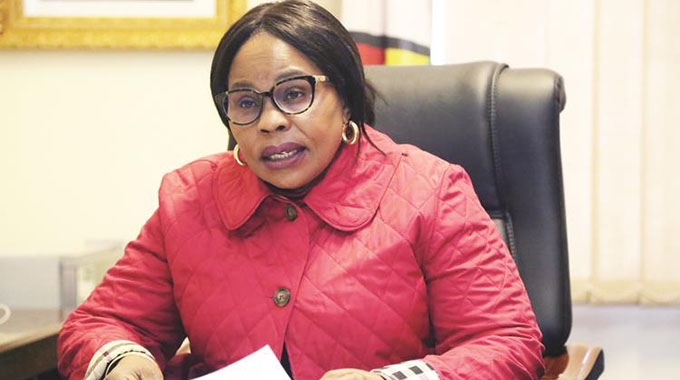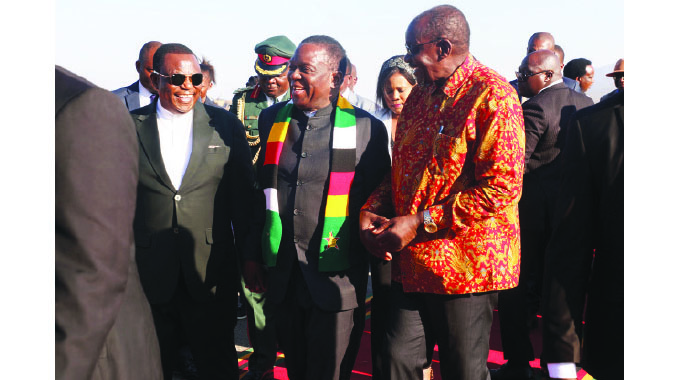Exchange rate stability reaches new heights

Tawanda Musarurwa
Senior Business Reporter
The exchange rate saw its smallest ever movement in yesterday’s auction, a 0,06 percent firming of the Zimbabwe dollar, about one sixteenth of one percent, to fall to $81,4439 from $81,4965 a week ago, a movement of just over five cents.
At the same time, the gap between the top and bottom bids narrowed fractionally to its lowest ever. The top bid was $86, down 70c from last week, while the bottom bid remained at $78.
The gap between what the top bidder paid for their foreign currency and what the bottom bidder paid is now less than 10 percent. No one actually buys currency at the weighted average. Every successful bidder pays what they bid.
Top and bottom successful bids at both the main auction and the SMEs auction merged for the first time, since the latter auction was introduced.
The marginal firming of the Zimbabwe dollar at each of the last five auctions is a result of more bidders moving into the lower part of the range as importers of goods on the import priority list realise that they are likely to get their allotment.
The RBZ has signalled, through allotting currency for all valid bids, that the tight range is acceptable after rejecting some ultra-low bidding in the earlier auctions when price discovery was still the main thrust.
But the stability of the Zimbabwe dollar has been dramatic over the last two months. Since the beginning of August, the exchange rate has moved just 1,2 percent from $80,4663 on August 4 to $81,4439 yesterday.
The total allotted on both auctions was US$24,5 million, easily the second highest for all auctions although down from the US$31,6 million last week. But all valid bidders received what they bid for in full on both auctions. There were 211 valid bids on the main auction and 123 on the SME auction.
Just 22 bids on the main auction were deemed invalid, all for breach of auction rules rather than shortage of currency or over-low bidding, and just six were deemed invalid on the SME auction.
The Confederation of Zimbabwe Industries, whose members dominate the auction, has confirmed that those bids that are declined are due to balances in nostro, multiple bids, outstanding acquittals with exchange control. The RBZ has also said bids for imports not in the two categories on the priority list are also rejected.
“All is done transparently,” the CZI has said. “Feedback from our members applying for foreign currency is largely positive and inefficiencies are being raised and addressed throughout the trading weeks.”
The raw materials segment accounted for the bulk of allocations on the main auction at US$8,6 million as Government’s initiative to drive the productive sector takes hold.
With the productive sector now easily accessing foreign currency on the official market, observers foresee a growth in the gross domestic product going forward.
Machinery and equipment accounted for US$2, 9 million, and consumables, generally dominated by spare parts, took up US$3,1 million.
That triangle was inverted on the SMEs board, with consumables taking the bulk of allocations at US$342 354, while machinery and equipment came in second with US$326 567. Raw materials took up US$277 342 on the SMEs auction.
The foreign currency auction system has brought about price stability as a good number of retailers and service providers are now using cost-based pricing.
However, a few companies have continue to use speculative pricing even after accessing foreign currency from the auction system but are being punished by diminishing volumes where there are competitors who have seen the light.










Comments